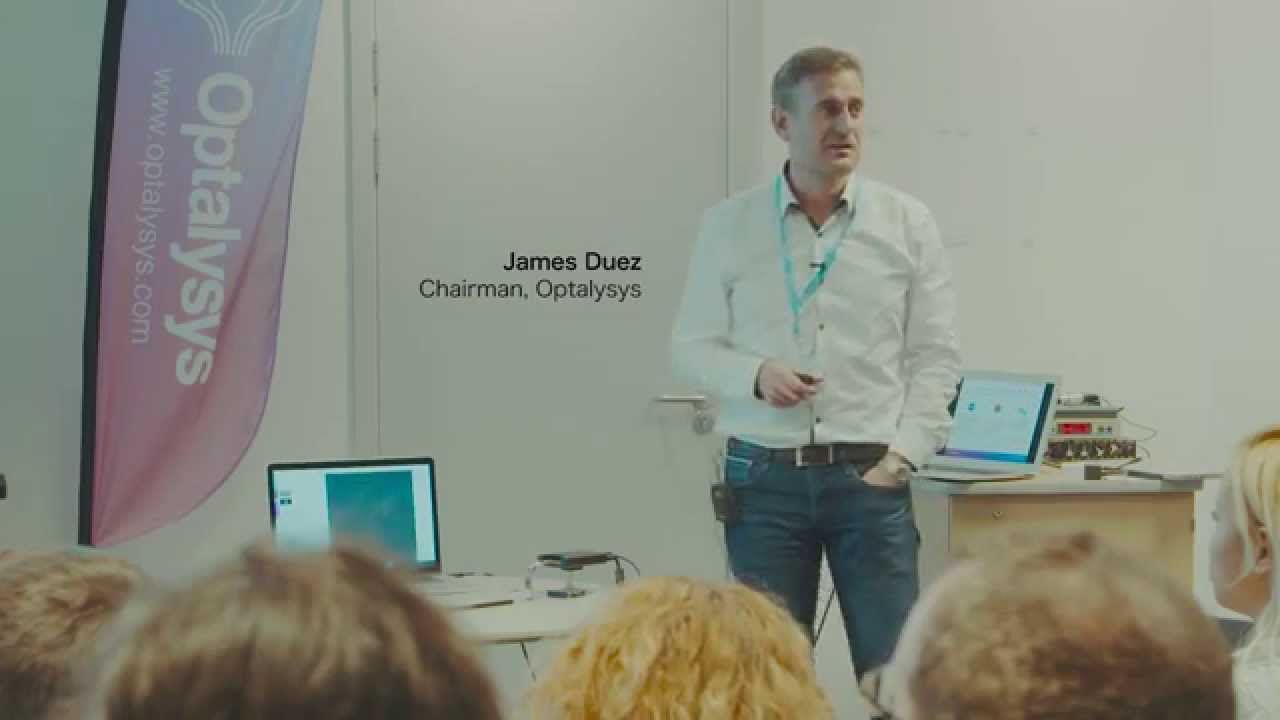
https://youtube.com/watch?v=KPFnmGRZ8GQ
Optalysys’s technology performs a mathematical function called the Fourier transform by encoding data, say a genome sequence, into a laser beam. The data can be manipulated by making light waves in the beam interfere with one another, performing the calculation by exploiting the physics of light, and generating a pattern that encodes the result. The pattern is read by a camera sensor and fed back into a conventional computer’s electronic circuits. The optical approach is faster because it achieves in a single step what would take many operations of an electronic computer.
The technology was enabled by the consumer electronics industry driving down the cost of components called spatial light modulators, which are used to control light inside projectors. The company plans to release its first product next year, aimed at high-performance computers used for processing genomic data. It will take the form of a PCI express card, a standard component used to upgrade PCs or servers usually used for graphics processors. Optalysys is also working on a Pentagon research project investigating technologies that might shrink supercomputers to desktop size, and a European project on improving weather simulations.
In 2015, Optalysis built a prototype that achieves a processing speed equivalent to 320 Gflops and it is incredibly energy efficient as it uses low-powered, cost effective components.
Read more









